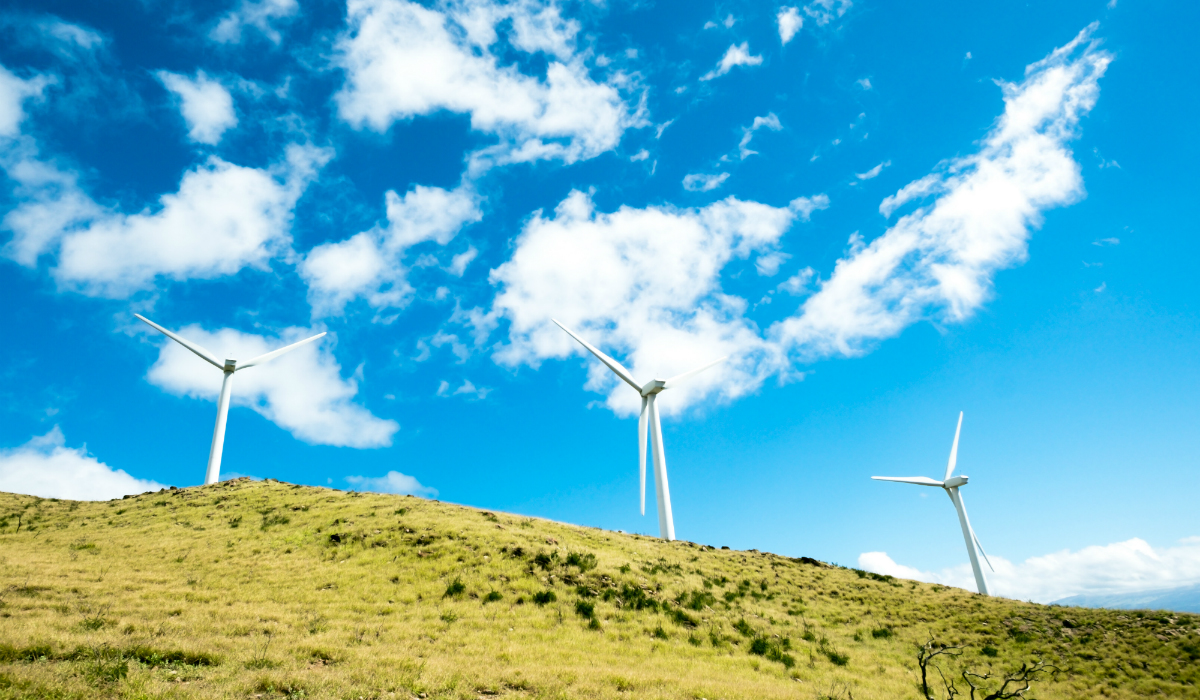Published Today: Digest of UK Energy Statistics 2018
The Department for Business, Energy and Industrial Strategy today (26th July) released 4 key publications: the Digest of United Kingdom Energy Statistics 2018, UK Energy in Brief, Energy Flow Chart, and Energy Consumption in the United Kingdom providing detailed analysis of production, transformation and consumption of energy in 2017.
KEY POINTS FOR UK ENERGY STATISTICS 2018
- Primary energy production rose in 2017, up 0.4 per cent on a year earlier. The rise was driven by growth in output from wind, solar and hydro, and bioenergy and waste. Overall fossil fuel growth contracted with coal output falling to a record low level.
- Final energy consumption fell by 0.7 per cent, as demand for heating decreased. On a temperature adjusted basis, final energy consumption rose by 0.9 per cent.
- Electricity generated from renewable sources in the UK in 2017 reached a record 29.3 per cent of total UK electricity generation, 4.8 percentage points higher than the previous year.
- The increase in electricity generated from renewable sources resulted from a 13.6 per cent rise in renewable generation capacity to 40.6 GW, and higher average wind speeds.
- Total renewables, as measured by the 2009 EU Renewables Directive, accounted for 10.2 per cent of total energy consumption in 2017, up from 9.2 per cent in 2016.
- Low carbon electricity’s share of generation increased from 45.6 per cent to a record 50.1 per cent, driven by the increase in renewables generation.
- Provisional BEIS estimates suggest that overall emissions fell by 12 million tonnes of carbon dioxide (MtCO2) (3.2 per cent) to 366.9 MtCO2 between 2016 and 2017, driven by the changes in electricity generation.
Concept Energy Solutions is one of the UK’s leading independent carbon and water management consultancies. For information, advice or support on any aspect of carbon reduction, give us a call.


